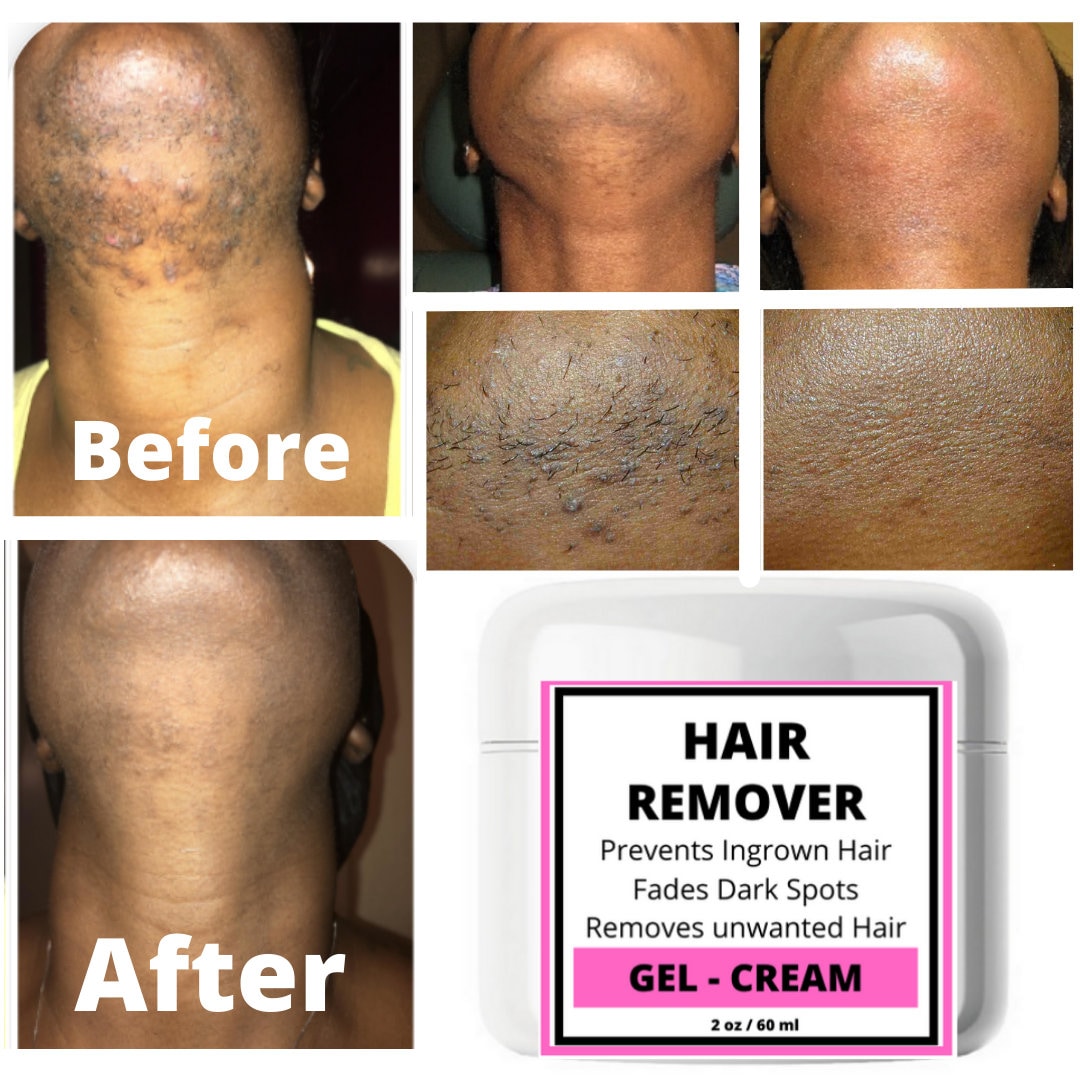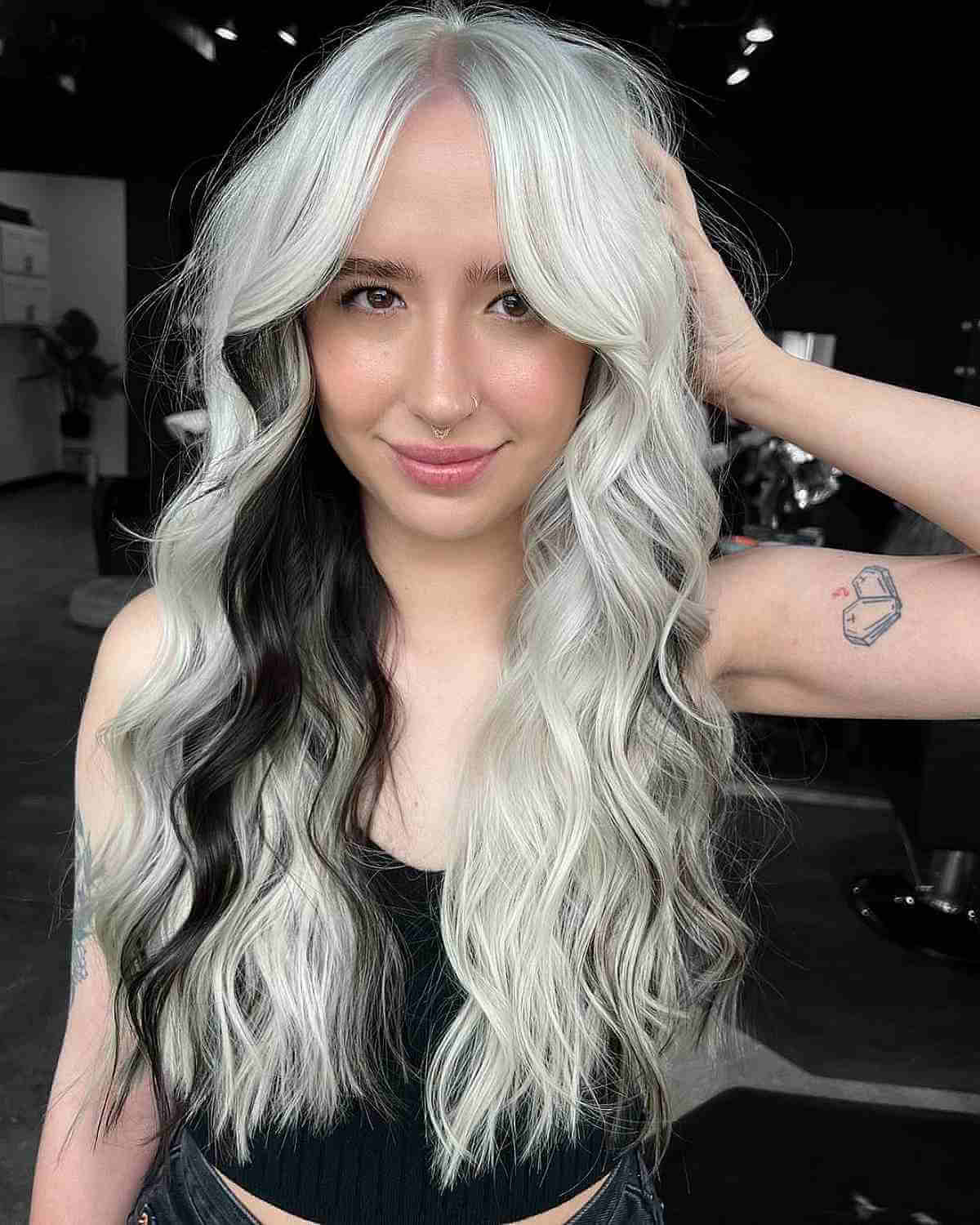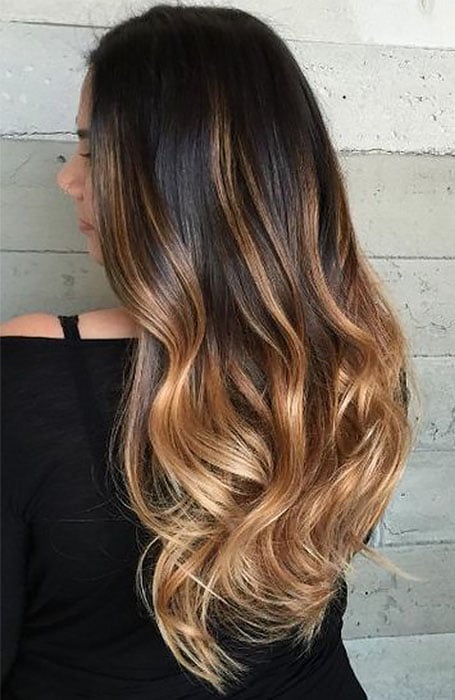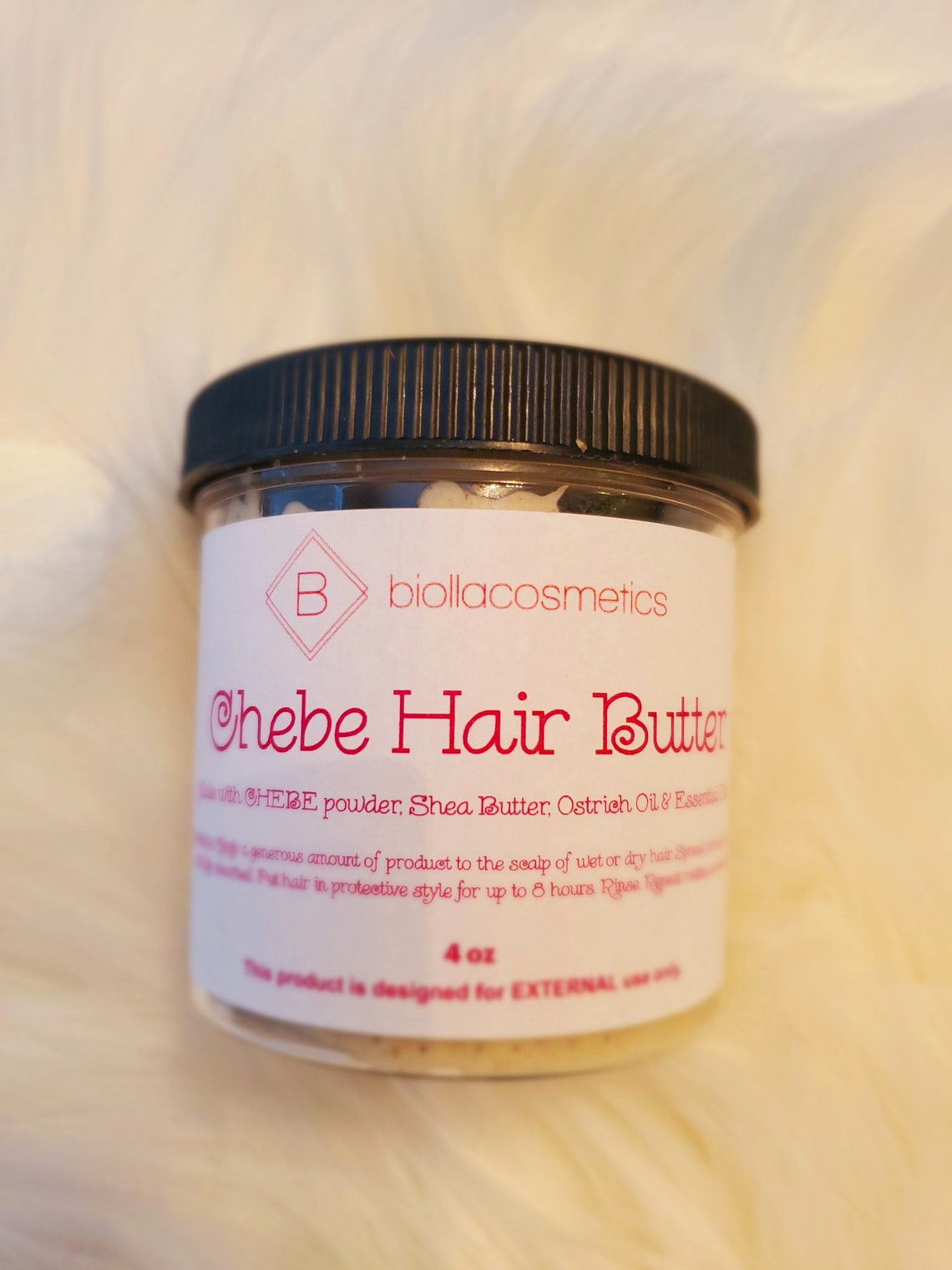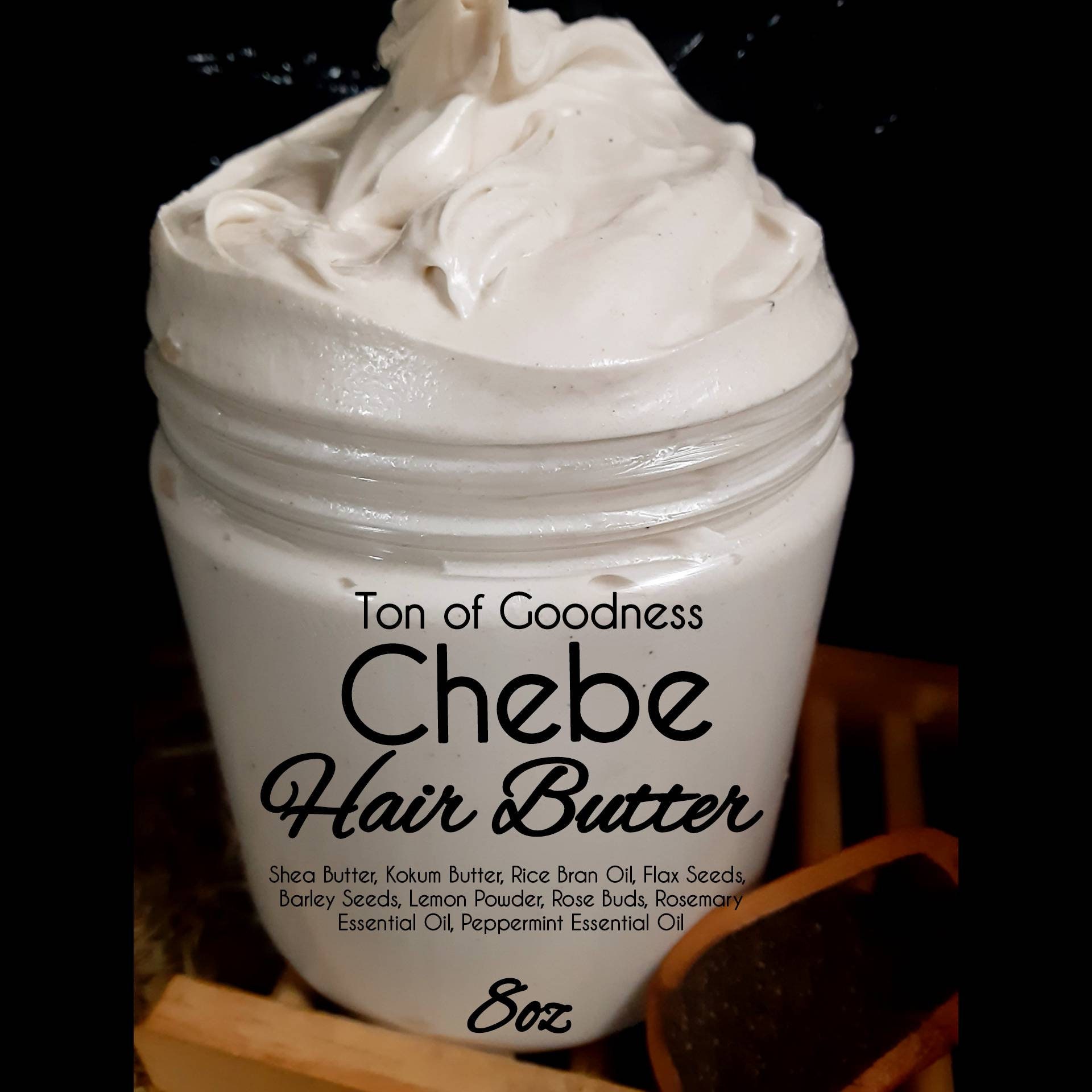Table Of Content
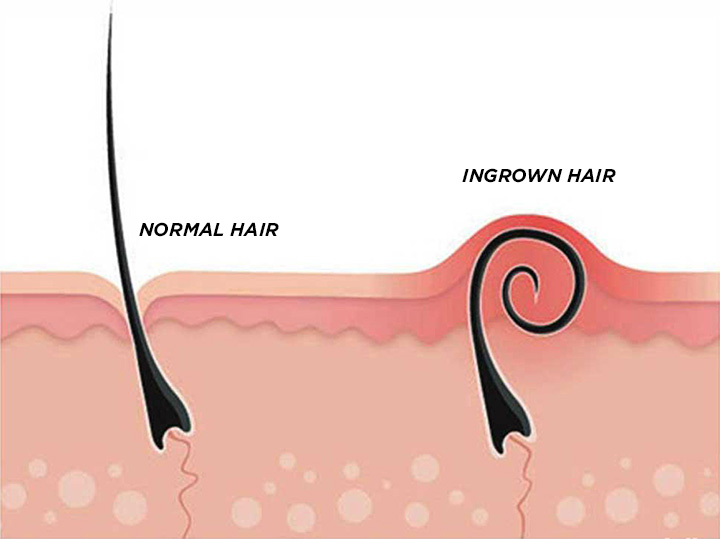
The hairs tend to be tiny, but the extreme close-up viewing angle adds major drama. Although a very useful step, protecting the surface of the skin from the hair-melting chemicals, we found it a little tricky to use. Too much and you run the risk of no hair getting hit, too little and there’s no protection at all, so finding the sweet spot may take a bit of time, but once you get there, it’s hard to go back. After the balm, smooth on a layer of the removal cream as normal, and, after five to eight minutes, your brows, cheeks or chin should be silky smooth. Looking at ease of application, how they felt and the result post-use, our tester spent one whole month trying each of the hair removal creams out – and these were their favourites. Ingrown hairs are the worst – especially when you let them sit.
How we tested the best hair removal creams
Ingrown hairs are most common in areas of hair removal, such as the face, legs, armpits, and pubic region. Shaving and waxing creates sharper hairs that tend to get trapped in the skin. Home remedies can often treat ingrown hairs, even if the affected area becomes infected. Infections can occur if a person does not treat the hair or if they have a weakened immune system. If you can live without a super smooth shave, switch to an electric razor. This will give you a close shave but leaves the tip of the hair above your skin’s surface.
What does an infected ingrown hair cyst look like?
Palm adds that in severe cases, your doctor might prescribe antibiotics to prevent an infection from arising. This means that most of the time, you don't need to worry about removing them. "I encourage patients not to pick at ingrown hairs on their own because it can cause damage, scarring, or infection, especially if sharp tools are used," says Engleman. To keep strands away for longer, we also applied the Skin Doctors hair no more inhibitor spray two days post-cream application, to boost the performance of the hair removal creams. Finding a hair removal cream that can work on all parts of the body (even intimate areas) can be tricky, so Woo Woo is a wonderful find. While it has that distinctive hair removal cream smell, its formula is created with softness in mind, housing jojoba and aloe vera for more of a moisturising finish.
VIDEO: the Most-Watched Ingrown Hair Removal on YouTube - Business Insider
VIDEO: the Most-Watched Ingrown Hair Removal on YouTube.
Posted: Thu, 12 Oct 2017 07:00:00 GMT [source]
Get the Mayo Clinic app
The curlier the hair, the more likely it is to become ingrown. A hair can curve back into your skin as it grows out and become trapped under your skin. So, wearing tight clothing such as leggings and jeans can contribute. As important as it is to get rid of an ingrown hair, it’s also crucial to start thinking about how to prevent the next one from cropping up. People with coarse, thick, or curly hair are often more likely to have ingrown hairs.
You can’t always prevent ingrown hairs, but you can take steps to lower the chances of them developing. “I would recommend this be the first place to go for help with ingrown hairs,” says Dr. Bullard. Dermatologist Sherrie Bullard, MD, shares safe ways to get rid of ingrown hairs and how to prevent them from happening.

Retinoid creams are effective in removing dead skin cells that may contribute to ingrown hairs. If ingrown hairs won’t take a hike, you may need to forgo shaving, waxing or tweezing that area. Consider alternative hair removal options, like laser hair removal. This method targets the hair follicle, and it’s usually permanent. And because the hair doesn’t grow back after treatment, you won’t have to worry about ingrown hairs. Sensitive skin and hair removal creams are far from a match made in heaven.
Warning: Various graphic clips from ingrown hair removal videos - Daily Mail
Warning: Various graphic clips from ingrown hair removal videos.
Posted: Fri, 01 Dec 2017 08:00:00 GMT [source]
First, what causes ingrown hairs?
If an infection develops and worsens, you may need medical treatment. If ingrown hair infections recur or are severe, you may have an underlying condition that needs medical treatment. Keep reading to learn how to recognize an infected ingrown hair, as well as tips for treating and preventing them. An infected ingrown hair happens when a hair is blocked from leaving the skin or newly emerged hair curls back into the skin, and the follicle becomes infected.
In fact, if you are more on the sensitive side, you need to take even more caution before using these creams – if the skin is irritated, broken or damaged, best to avoid them altogether. But if you do still want to give them a go, this Nair option may be your best bet. With aloe vera extract, it soothes while smoothing away hair quickly, easily and without any pain. A spatula is included for easier application, and, after five minutes, you can start to see the cream get to work. In fact, we’d recommend it for those trying hair removal creams for the first time, too, as it’s just that little bit gentler, which will only help you get your bearings with it. For those of you who choose to remove hair from various parts of your body, we don’t have to explain how annoying this process can be.
This helps get rid of dead skin cells that can keep the ingrown hair trapped for longer. Anyone who shaves, tweezes or waxes their hair can develop ingrown hairs. If you shave often, you’re more likely to have ingrown hairs. We can all agree, it's best not to get ingrown hairs in the first place, so here's how to prevent ingrown hairs — and what to do if you wind up with one or more.
“If you can’t see the hair, don’t go digging for it, because it could be another type of inflammatory cyst—like a pimple—that doesn’t actually have a hair. Either way, if you go picking, popping, or digging, you could cause an infection, scarring, or further irritation,” Dr. Clay points out. Ingrown hairs frequently go away on their own without any specific treatment. There’s a chance an ingrown hair could heal on its own in as quickly as a week or two, Dr. Hayag says, but it may take longer if it gets infected. Sometimes it takes around a month, according to the Mayo Clinic, but it can take up to six months for hairs that are really stuck in there. (Sorry to be a downer.) If you have pain, the bump gets bigger, and/or you notice other signs of infection (see below) and your symptoms don’t get better in a few days, you’ll want to get that sucker out.
These hair types are more likely to curl back into the skin when growing out after hair removal. Typically, new hair grows straight out of the follicles in the skin. As the hair matures, it exits the skin’s surface and continues to grow. But sometimes, the hair grows crooked or curls back under before it has a chance to exit the skin. An infected ingrown hair — also known as folliculitis — typically looks like a bump, a hard lump, or a cyst under the skin.
The Tweezist called this one oddly satisfying and, I've gotta say, something about seeing how long those hairs are really does make the removal feel like a relief.
If an infection is present, squeezing the bump may worsen it. Infected ingrown hairs can be uncomfortable, but most clear up on their own in 7–10 days with good hygiene. This can help ease the ingrown hair out of the skin on its own. Staphylococcus (staph) infections can occur with an ingrown hair.
If you have particularly angry bumps, your doctor may also suggest a steroid cream to reduce inflammation, the Mayo Clinic says. They may appear anywhere hair grows on your body, but they commonly appear in places where you shave, tweeze or wax, especially your face, legs, armpits and pubic area. A good skin care routine helps prevent ingrown hairs from forming, while at-home treatments can help release the hair from underneath your skin and provide relief. Contact your healthcare provider if you notice any signs of infection.
“If the hair is still attached to the base of the follicle, I leave it so that the follicle can heal.” But if the hair isn’t still attached, your doctor can remove it “much like removing a splinter,” she says. Next, they might insert a sterile needle underneath a visible hair loop to free the strand. Using the narrow tip of a clean pair of tweezers (you should rinse it with alcohol or use an alcohol wipe) tease the ingrown hair out of the follicle. If the hair becomes invisible or if you can’t get it out without too much poking or bleeding, stop and give a dermatologist’s office a call.


